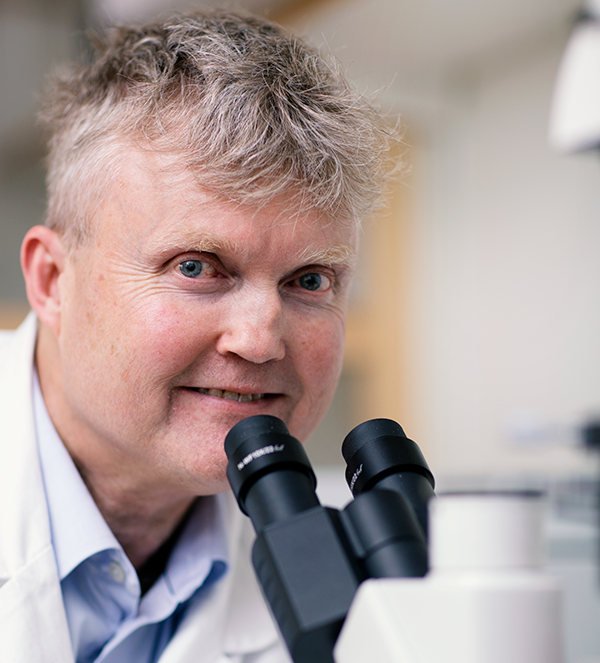
This is ISR Immune System Regulation
Big things have small beginnings. For ISR, it all began with cats and a remarkable observation. Two of ISR's founders, alongside Ola, participated in a community effort to stop the spread of the feline immunodeficiency virus, or FIV, which is the feline version of HIV, by neutering infected cats in area, country. They noticed that the neutered cats survived and that some would go on to live for more than a decade.
This could have stayed an interesting observation, but Ola, a medical doctor and professor in immunology, had an idea. What if the neutering sets free a hormone stimulating the immune system, thereby helping the body identify the infected cells. The reason HIV and FIV are so dangerous is due to the virus's ability to hide. The immune system cannot find the infected cells, and the virus can therefore thrive.
Studies showed Ola was right. When cats are neutered, a hormone that naturally resides in the body, GnRH, is released. The hormone attaches to infected cells and disclose them to the immune system, which can then attack and remove the invasive virus.
This discovery marks the beginning of ISR Immune System Regulation.

Our Vision
Cure viral infections and cancer and improve the quality of life of patients and their families.
This curiosity – and the belief in our immune system – has characterized Ola's career. Just two weeks into the first semester of medical school, he responded to a lecturer's offer to do research alongside his studies. Evenings and nights were thereafter spent in the laboratory. It was in the laboratory that Ola and his friends celebrated completed examinations, not in bars.
Even after his education, he continued to work both as a doctor and researcher, and today he is chief physician and professor of clinical immunology. In essence, ISR is a product of meticulous research, observations from Ola's time working in hospitals, and an inexhaustible interest in immunology.
It is, however, not his first company as an entrepreneur. In the early 2000s, he founded a company that strived to cure cancer with T cell therapy. A method that was not established among oncologists at the time. It would take over a decade and a Nobel Prize for the discovery of how the immune system is activated for T cell therapy to gain popularity.
ISR still uses those discoveries as a base for their drug candidates. By stimulating and regulating the immune system, ISR aims to develop cures and treatments for some of the most severe diseases of today – Sars-CoV-2, HIV, HBV, and cancer.
The management
Learn more